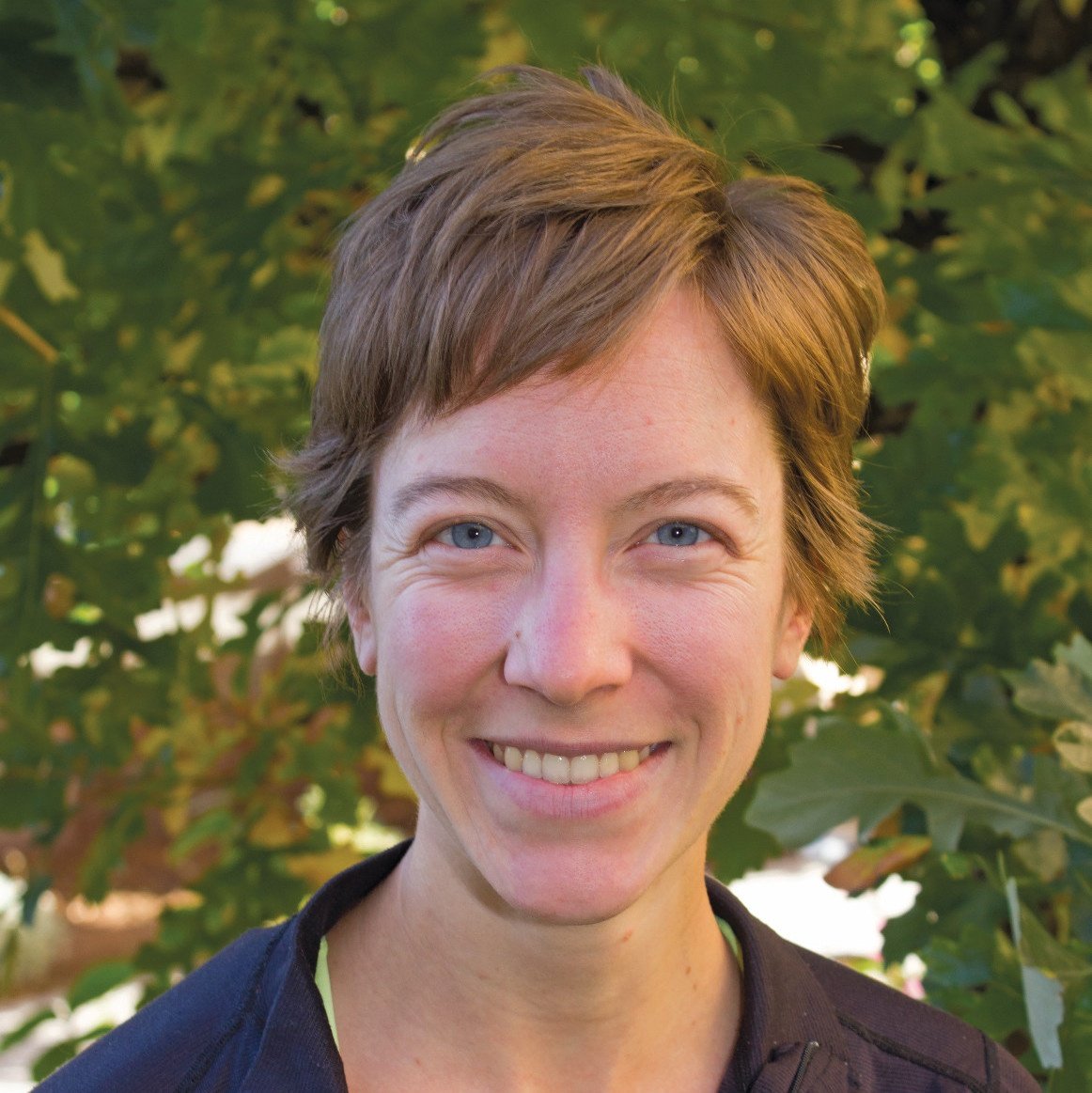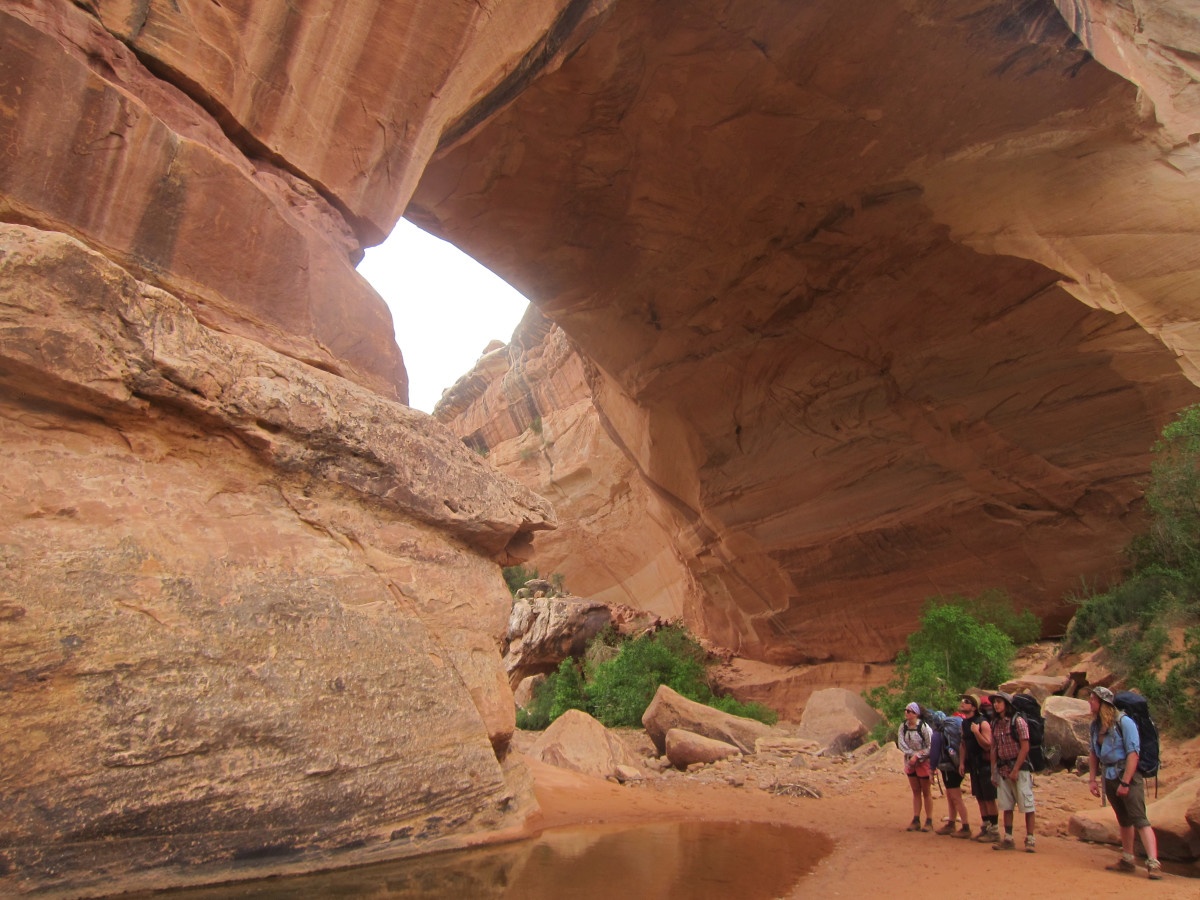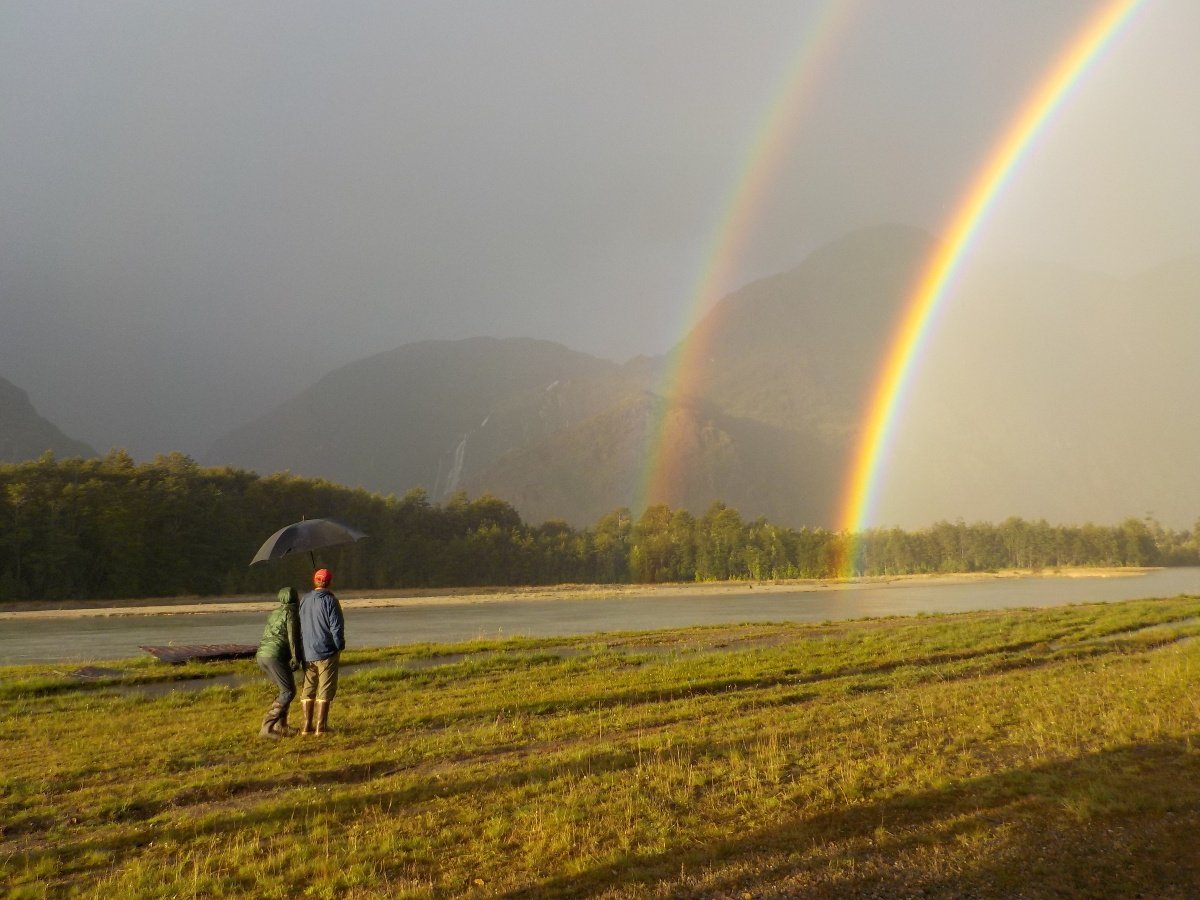
“Learn, just learn about this unique and remote place in the world, connect with the people, nature, history, and its wild places—the glaciers, ice fields, rivers, lakes, islands, and sea.”
This is the advice that Semester in Patagonia graduate Ignacio Martínez would give to anyone thinking about taking a NOLS course in Patagonia. A native of Chile himself, Ignacio discovered many of the unknown parts of his own country, and himself, on his course.
Even though Ignacio found plenty of information,pictures,and videos before his course, in some ways, the only way to prepare was to just get ready for the unknown.
For many NOLS courses in Patagonia, uncertainty is an integral part of the experience. Students get to explore, climb, and paddle in mountains and along coasts where NOLS courses might never have traveled before, or to places where the maps only give limited information.
For Ignacio, this element of the unknown was an important and rewarding part of his course. It was one of the main leadership skills he brought up when he remembered the end of the course’s mountaineering section.
As he and his group spent several weeks learning to mountaineer on the Northern Patagonian Ice Field, the fourth largest in the world, he remembers:
“It was incredible because you felt in another world; the landscape is strange and majestic. Our last day leaving the glacier was one of the most challenging. We had a hard day, mentally and physically, picking our route off of the glacier and making our way through a boulder field, which took us hours. But, in this moment, we applied the principle of tolerance for adversity and uncertainty. And in the end, we did it. The group was very happy we met our goal, and we felt proud of the work we did.”
After all that, he remembers “contemplating the silence, the loneliness, and the majesty of the Northern Ice Field in the middle of the night with a full moon. It made me think about how small we are.”
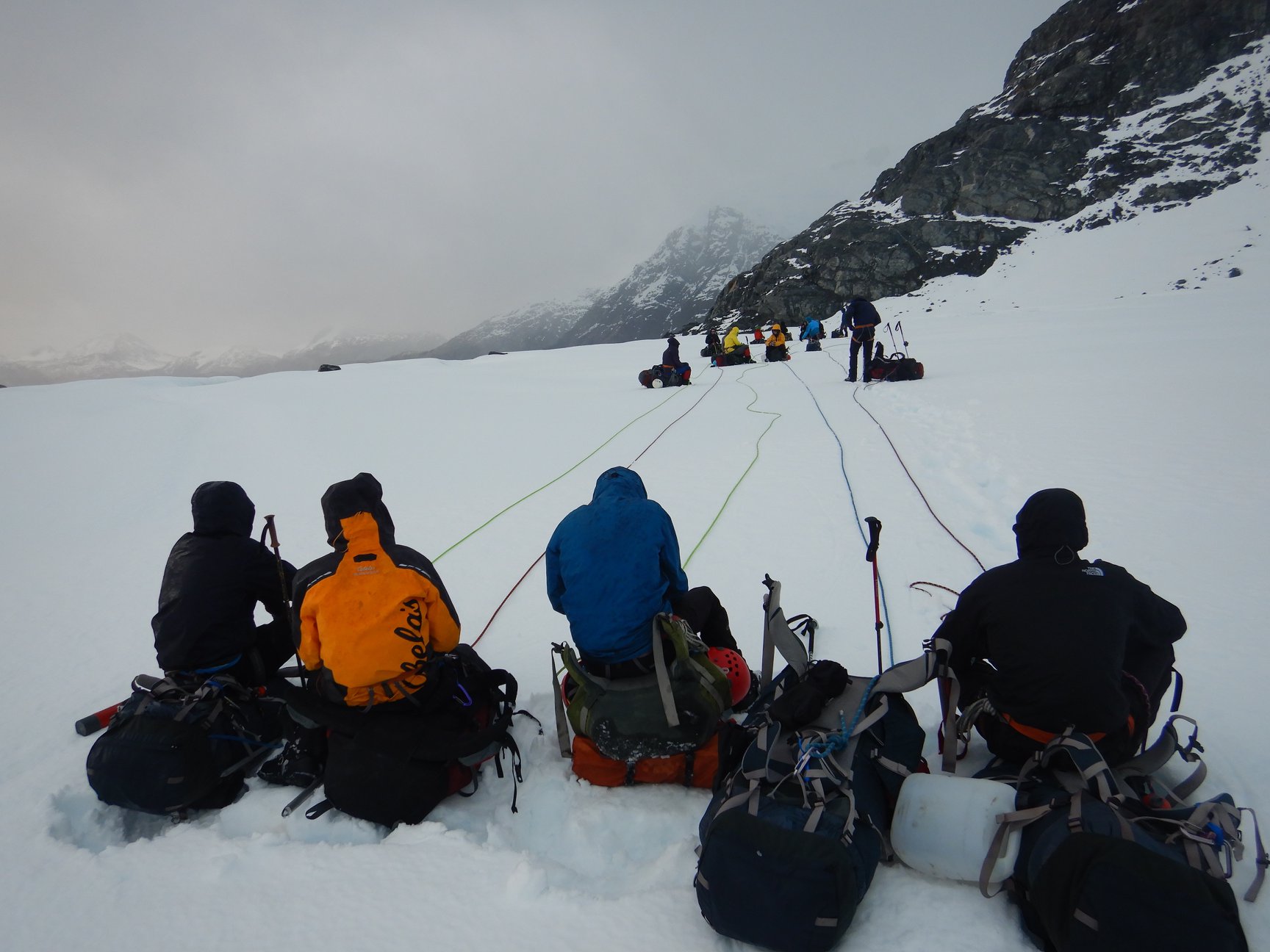
The Semester in Patagonia isn’t just about mountaineering. Ignacio and his group also went sea kayaking and lived with Patagonian families during a homestay section. Ignacio wouldn’t choose which section he liked the most: “The course sections were different, in each of them I learned, built on my experiences, and saw different things.”
When he remembers sea kayaking, he talks about “paddling in the middle of the sea between islands and mountains that had pounding waterfalls…floating in a kayak is the best feeling. Smelling the salt of the sea feels like freedom.”
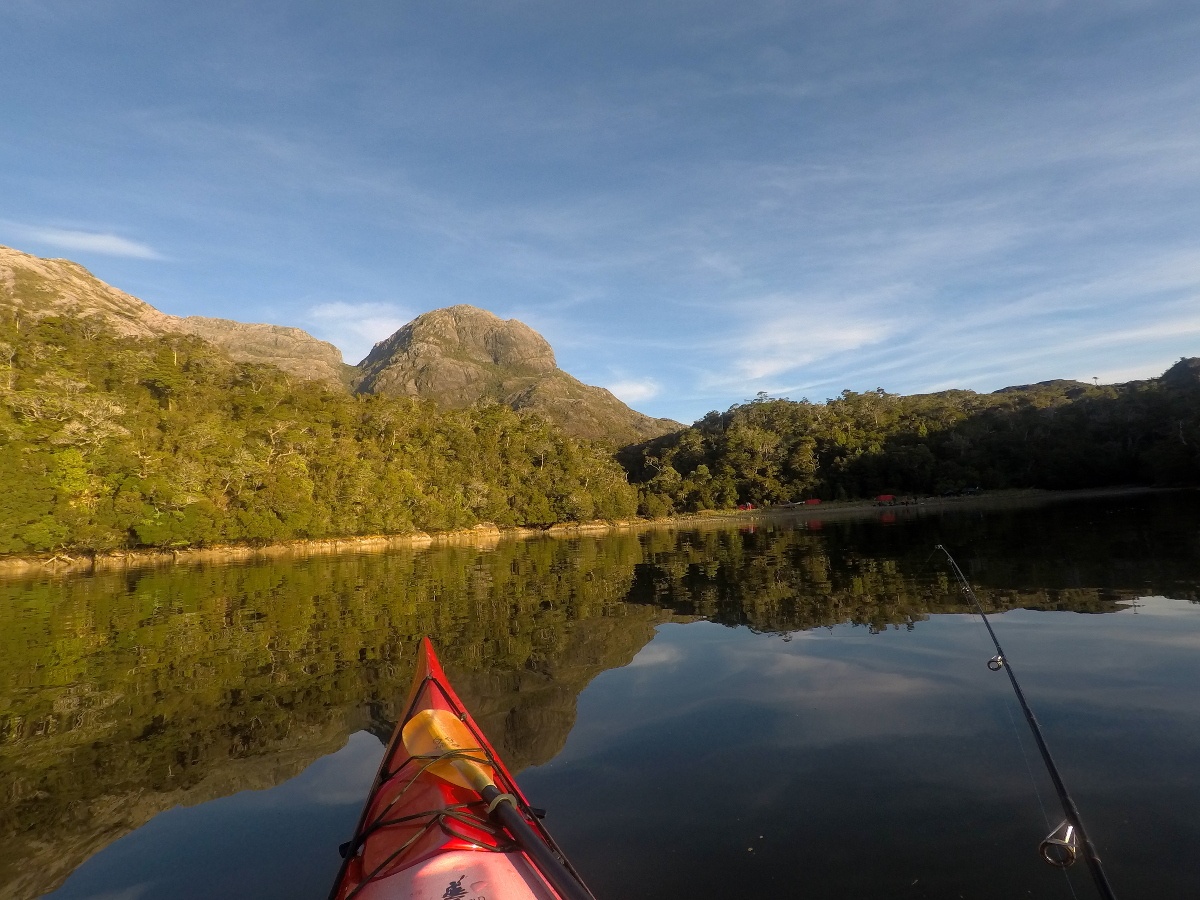
Being from Chile, you might wonder what Ignacio could have learned from a homestay. But Chile’s a big country—like anywhere else, each part of the country has its personal history and customs, and he learned a lot by living with a family on a remote ranch near the Chile-Argentina border. Ignacio says it was like having “two worlds that were completely different living together and sharing histories and laughter.”
A typical day with his host family started with breakfast—bread fried in lamb fat and steaming sips of mate tea. News came in by VHF radio and revolved around events central to the neighborhood, like the height of rivers, what their neighbors were doing, and selling firewood, before playing chamamé, the classic music of this area. Chores would come later, like helping harvest potatoes. “It was autumn and the leaves were red, orange, purple, and the air smelled beautiful.”
Seeing the way the family interacted with the land helped broaden Ignacio’s perspective on nature; it made him “think about how these people have another relation and interpretation about the interaction with the nature and taught me a lot.”

Now more ready than ever to explore more in the outdoors—including climbing in the mountains and volcanoes near his home in Santiago—Ignacio is ready to share what he learned with others interested in coming to Patagonia:
“Take advantage of the opportunities to learn in the middle of nature. It’s rare to have the opportunity to enjoy the disconnection you gain in this type of course. And enjoy, enjoy every minute to have good and rich conversations with the students, the instructors, and yourself.”
Ignacio Martínez is a graduate of business and economics with a minor in urbanism architecture from Santiago, Chile. He likes hiking, climbing, and mountain biking. When he has time, he likes to escape on the weekend to travel around Chile. He was a member of the 2018 Spring Semester in Patagonia.
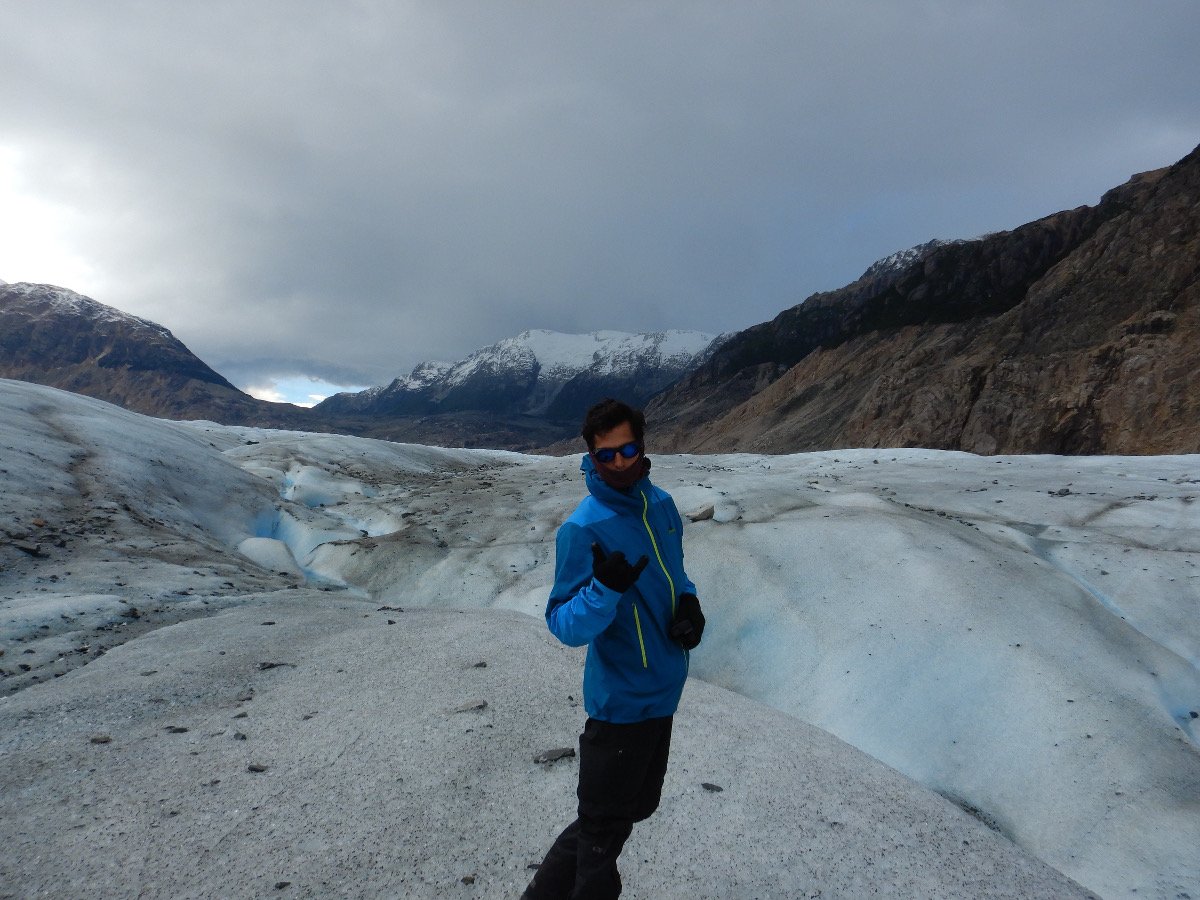
- Chile
- Study Abroad Stories
- Semester
- Sea Kayaking
- Skills
- Kayaking
- Culture
- Mountaineering
- Semester In Patagonia
- Stories
- Student Stories
Written By
Molly Herber
Molly is a NOLS instructor and writer. She loves the smell of her backpack and does her best writing before 7:00 am. When she's not scouting the next post for the NOLS Blog, she's running and climbing on rocks in Wyoming. Follow her on Instagram @mgherber


